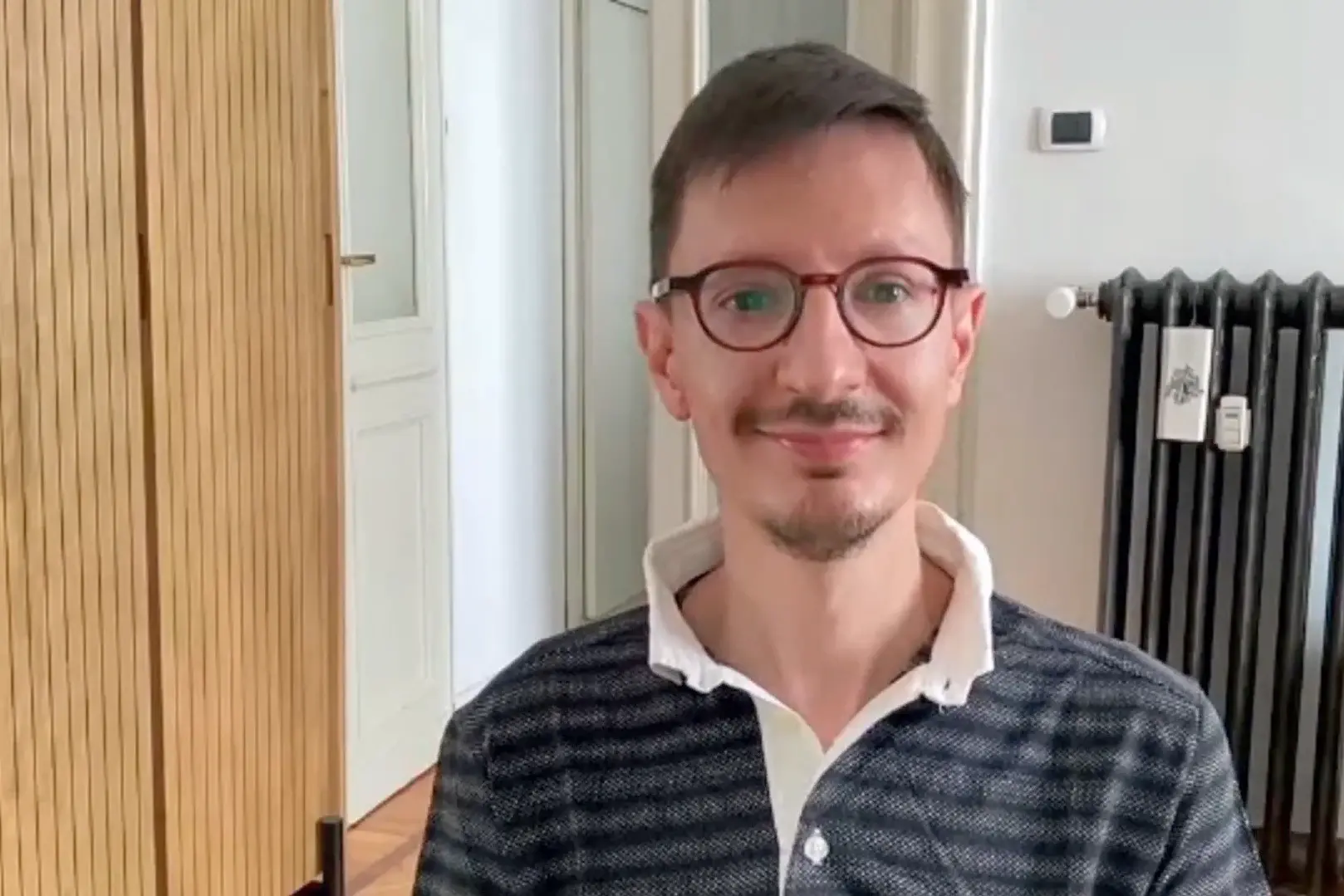That thin line between captivity and freedom
In Aldo Simeone's Isola dei femminielli one of the shameful pages of fascist ItalyPer restare aggiornato entra nel nostro canale Whatsapp
September 1939. A new war is now looming over Europe. Aldo, a twenty-year-old Florentine, arrives in San Domino, the Tremiti island chosen by the fascist regime as a place of confinement for those accused of homosexuality. The so-called “femminielli” are housed in two dilapidated shacks. They are mostly Sicilians, because they were arrested for a murder that occurred years before in Catania and which still goes unpunished, and which continues to haunt them. There is Fisichella, with a sly look, always at odds with the world, Picciridda, just eighteen, who loves to dress up as a woman, Leonessa, afflicted by epileptic fits and with strange marks on her body; and then Sticchina, the Professor, the Doctor, Peppinella, victims like Aldo of prejudice and intolerance. Life in confinement is hard, between the contempt of the island's inhabitants, clandestine meetings in the woods and the counting of the carabinieri, also exiled and not averse to finding comfort among the femminielli.
However, confinement can also become a training ground for life, a path of personal and civil growth and, despite the intentions of the regime, from segregation a community of paradoxically free and supportive men will be born. Men who in a few months will be released and partly enlisted to be sent to the front, to meet their destiny.
Five years after his touching debut with the novel Per chi è la notte (Fazi Editore, 2019), Aldo Simeone with L'isola dei femminielli (Fazi Editore, 2024, pp. 284, also e-book) recalls a forgotten piece of Italian history by weaving a story of rare sensitivity on human relationships and on the often subtle border that separates imprisonment and freedom .
We asked Aldo Simeone how the idea of a novel dedicated to the confinement of homosexuals under the fascist regime was born:
«It was 2013. I discovered the story of San Domino in an article in Focus Storia based on the essay La città e l'isola by Gianfranco Goretti and Tommaso Giartosio, still the most organic study on the anti-homosexual repression carried out by fascism. I remember the photographic montage that occupied the first double page: a fake, but I didn't know it at the time. Two men dance, embracing each other in the foreground; in the background the village of San Nicola in the 1930s. The two photos belong to different eras; San Domino can barely be seen in the background. And yet, they demonstrate that even a 'falsification' can tell the truth. It took eleven years for that first spark of interest to turn into a novel: years of bookish documentation in the limited bibliography on the subject. And yet, I couldn't see the story in History. The click came again thanks to other photographs: the reportage L'isola degli arrusi by Luana Rigolli. From that first fake montage to the mug shots of the real confined people."
What was it like to "turn a true story into a novel"?
"A mess. At first I said to myself: what do you want it to be? I can invent! And yet, my hands were tied. Having so many documents of reality, even minute ones (for example: the calendar of all the arguments that took place in the dormitories), every intrusion of mine to fill the gaps and extract a 'novelistic' structure from the historical data seemed disrespectful. I literally had to negotiate with the characters: extract my words from their silences."
What kind of language did you choose to tell your story?
«Another worry. Since 90% of the San Domino inmates were Sicilian, the linguistic fabric of the novel had to belong to that land. Not only that: also the imagery, the idioms, the expressive automatisms, the 'worldview'. I solved the trick cunningly: by grafting into my Sicilian imitation a Tuscan voice, close to me (I was born and raised in Pisa). Coincidentally, the only witness from Florence had my same name: Aldo».
How do the book's protagonists live the confinement? Do they manage to find a way to not feel not only exiled, but also dehumanized?
«One of the few confined people reached years later by Goretti and Giartosio confessed: 'after all, it was better there than here'. It is a sentence to be taken with caution, because it is 'tainted' by the transfiguration of the memory of youth. And yet, from the documents it emerges that the femminielli found in segregation a paradoxical freedom, unknown to them: to be themselves. After all, what else did they have to hide?! And then let's not forget that those approximately 75 confined homosexuals were (it is shocking to say, but it is true) among the 'lucky': it went much worse for those interned in mental institutions, for those exorcised, for those who were killed or killed themselves».
Which of the characters are you most attached to and why?
"When I think of all of them, I feel like I'm using my memory rather than my imagination: that I met them, that I argued with them and made peace with them. I know their faces, their handwriting, their family lineages, even their horoscopes! But among them all, for me, Lorenzo Fisichella stands out, who made his surname his nickname: 'La' Fisichella. In addition to this emblematic detail, the reader will discover in the novel why his voice stands out from the crowd."


